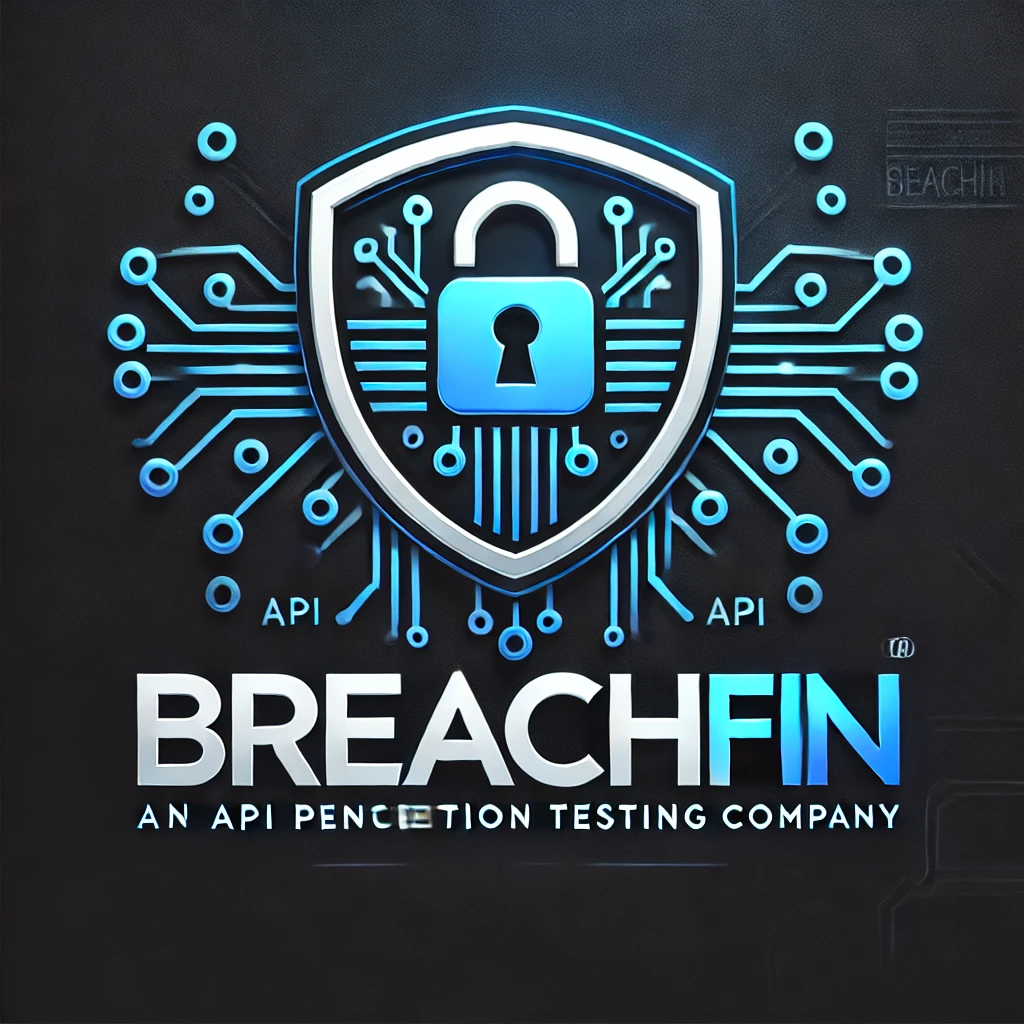In today’s fast-paced software development environment, security must be an integral part of the development lifecycle rather than an afterthought. DevSecOps—the integration of security into Development (Dev) and Operations (Ops)—ensures that applications remain secure while maintaining agility. One of the most critical aspects of DevSecOps is incorporating CI/CD Security and Automated Pentesting into the pipeline, enabling continuous security testing and rapid remediation of vulnerabilities.
Why DevSecOps Matters
Traditional security models often introduce security testing late in the development process, leading to costly fixes and delays. DevSecOps shifts security left, integrating security practices from the very beginning of the software development lifecycle (SDLC). This approach ensures:
- Faster Time-to-Market – Security issues are addressed early, reducing delays.
- Reduced Risk Exposure – Continuous testing helps catch vulnerabilities before production.
- Automated Compliance – Security policies and checks are enforced automatically.
CI/CD Security: Building a Secure Development Pipeline
A secure Continuous Integration/Continuous Deployment (CI/CD) pipeline is essential for modern software development. Integrating security into CI/CD involves:
Key Strategies for CI/CD Security:
- Automated Security Scanning – Utilize Static Application Security Testing (SAST) and Dynamic Application Security Testing (DAST) tools to detect vulnerabilities in real-time.
- Dependency Management – Monitor open-source libraries and dependencies for vulnerabilities with Software Composition Analysis (SCA).
- Infrastructure as Code (IaC) Security – Secure IaC configurations to prevent misconfigurations that could lead to breaches.
- Secrets Management – Avoid hardcoded credentials and use secure vaults for API keys and passwords.
- Runtime Protection – Implement Web Application Firewalls (WAFs) and cloud security monitoring solutions.
Automated Pentesting: Continuous Security Validation
Automated penetration testing (Automated Pentesting) complements traditional manual security testing by continuously simulating real-world attacks to identify weaknesses.
Benefits of Automated Pentesting:
- Continuous Security Assessment – Ensures security validation at every stage of development.
- Faster Detection & Remediation – Reduces time-to-fix vulnerabilities through automated reporting and alerts.
- Scalability – Covers large-scale applications without requiring excessive manual effort.
Implementing Automated Pentesting:
- Integrate Automated Pentesting Tools – Use solutions that simulate attack scenarios and identify vulnerabilities dynamically.
- Combine with Manual Testing – While automation accelerates detection, manual pentesting ensures deep analysis of complex threats.
- Leverage Threat Intelligence – Use real-time data to enhance automated pentesting effectiveness.
- Establish Continuous Feedback Loops – Ensure developers receive actionable insights for faster remediation.
Achieving a Secure DevSecOps Culture
Successful DevSecOps implementation requires a combination of technology, process, and culture. Organizations should:
- Foster Collaboration – Security, development, and operations teams must work together.
- Emphasize Security Training – Educate teams on secure coding and best practices.
- Measure & Improve – Continuously assess and enhance security controls.
Conclusion
Integrating CI/CD Security and Automated Pentesting into DevSecOps is no longer optional—it’s a necessity. By embedding security into development pipelines and leveraging automation, organizations can proactively mitigate risks while accelerating software delivery.
At BreachFin, we specialize in helping businesses implement robust DevSecOps strategies to safeguard applications from evolving cyber threats. Contact us to learn how to secure your CI/CD pipeline with cutting-edge security solutions.


Leave a Reply